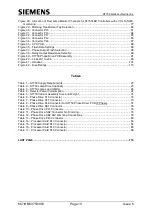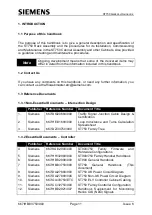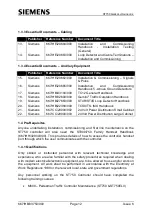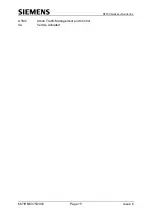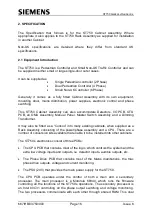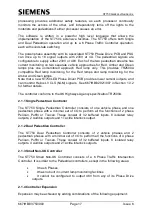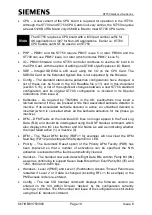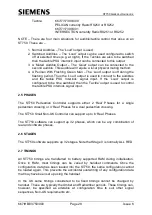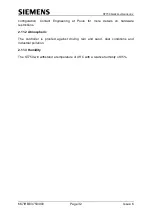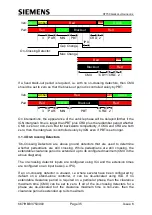
ST750
G
ENERAL
H
ANDBOOK
667/HB/33750/000
Page 22
Issue 6
**Note 1. 160V is recommended for ST750LED Controllers. See 667/HB/32921/007 in
Section 1.3.2 for further details.
The solar cell enables the ST750 to identify the light level and thus dim the signals
when it is dark. The switch is set to operate at 55 lux and release at 110 lux. There
is an optional time switch that can be used to regulate dimming control if required.
2.3.1 Electrical Noise
2.3.1.1 Supply Transients
The ST750 has been designed to withstand all the transients as defined in EN50293
on its supply.
2.3.1.2 Electrical Interference
The ST750 has been designed to create very little electrical interference, by the use
of mains filters and solid state lamp switching control. The mains filters protect the
incoming mains supply from any ST750 generated signals. The lamp switches are
switched at zero crossover of the mains supply to reduce any switching transients.
The switching of the signals for dim/bright lamps changeover is controlled carefully
to ensure the inductive switching does not cause interference.
The ST750 design is also extremely tolerant of externally generated electrical
interference. Care is taken to avoid earth loops using a ‘Star’ point earthing system
to which the cabinet, the internal metalwork, the junction cabling and the mains
earth is connected.
The arrangement and partitioning of the equipment is carefully organised to reduce
electrical noise.
The PCBs have two inner layer planes used for noise reduction. One is connected
to zero voltage and the other connected to +5V, to form a complete screen with
extensive capacitive de-coupling across the planes, which form the logic supplies.
Unused inputs are connected to the logic supplies to ensure their logic state.
The phase switching (signal outputs) system has isolation provided by Opto-SCRs
and zero crossing switched Triacs, for the mains switching. The circuit includes a
snubber filter circuit that aids triac switch off and reduces noise when an inductive
circuit is connected.
2.4 Determination of Loading and power consumption
Described below are the methods used to determine:
•
how the ST750 supplies the total lamp load required
•
the overall power used and thus estimate site running costs.



